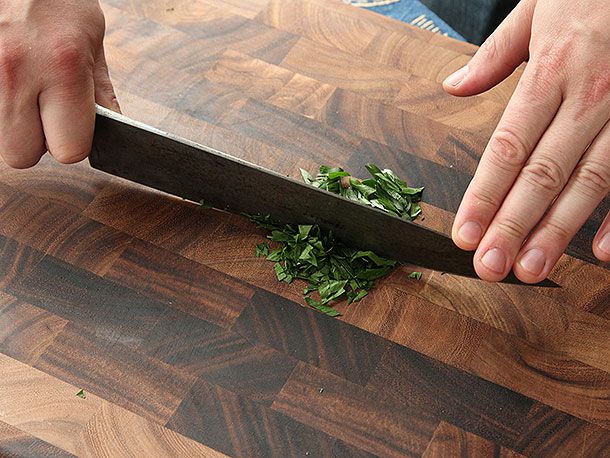Improve Your Knife Skills
Mastering knife skills is essential for any home cook or professional chef. Proper knife techniques not only ensure safety in the kitchen but also improve the efficiency and precision of your cooking. From chopping vegetables to slicing meat, the way you handle your knife can significantly impact the texture, presentation, and even the flavor of your dishes. By honing your knife skills, you can elevate your culinary creations, making your cooking experience more enjoyable and your dishes more visually appealing.
Basic Knife Techniques
- The Pinch Grip: Hold the knife by pinching the blade between your thumb and the side of your index finger, wrapping your other fingers around the handle. This grip gives you better control and stability, allowing for more precise cuts.
- The Claw Grip: When cutting, tuck your fingertips under and use your knuckles to guide the blade. This not only protects your fingers from accidental cuts but also helps you maintain a consistent cutting angle.
- Chopping: For a basic chop, lift the knife and bring it down in a controlled, swift motion. Use a rocking motion to keep the blade tip on the cutting board while lifting the back of the knife. This technique is ideal for quickly cutting vegetables like onions, carrots, and celery.
- Slicing: To achieve thin, even slices, hold the ingredient steady with your non-dominant hand, and use a smooth, continuous motion with the knife. Slicing is perfect for items like tomatoes, cucumbers, and meats where consistency is key.
- Dicing: Start by slicing the ingredient, then turn the slices 90 degrees and chop them into uniform cubes. Dicing is particularly useful for creating even-sized pieces, ensuring uniform cooking.
Common Mistakes to Avoid
Improper knife usage can lead to accidents and uneven cuts. Here are a few common mistakes to avoid:
- Using a dull knife: A dull knife requires more force to cut through food, increasing the risk of slipping and causing accidents. Always keep your knives sharp to maintain control and precision.
- Incorrect grip: Holding the knife too loosely or using a finger-point grip reduces your control, making it harder to achieve accurate cuts. Use the pinch grip to maintain a firm, balanced hold on the knife.
- Improper cutting board placement: A cutting board that slides around can be dangerous. Place a damp towel underneath the board to prevent it from moving while you cut.
- Ignoring knife maintenance: Not regularly honing or sharpening your knives can lead to dull blades, which are more prone to slipping. Regularly honing your knife will keep it sharp and ready for use.

